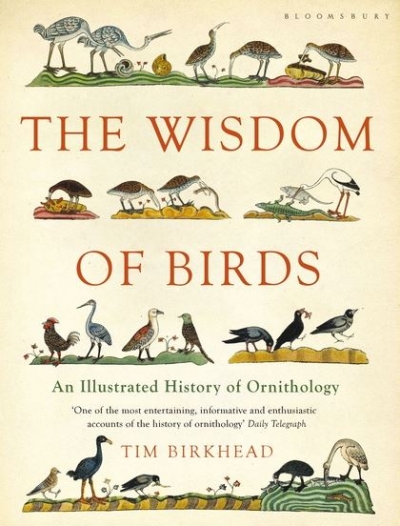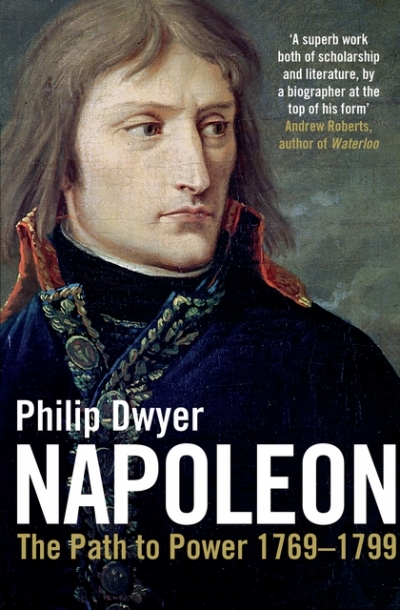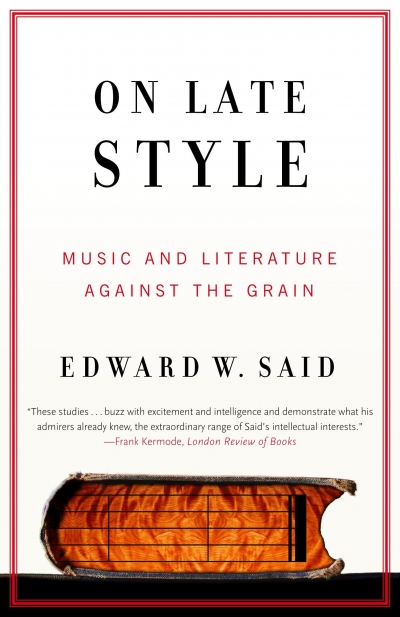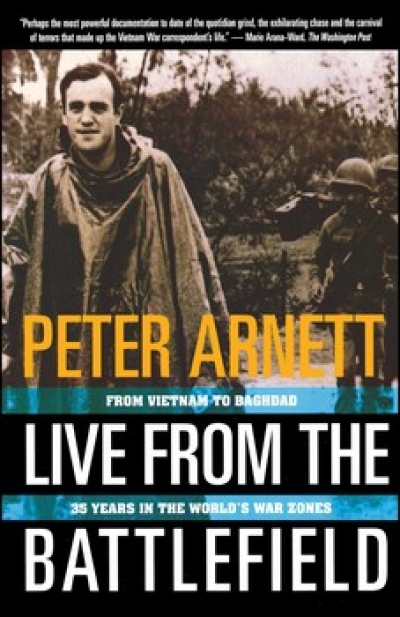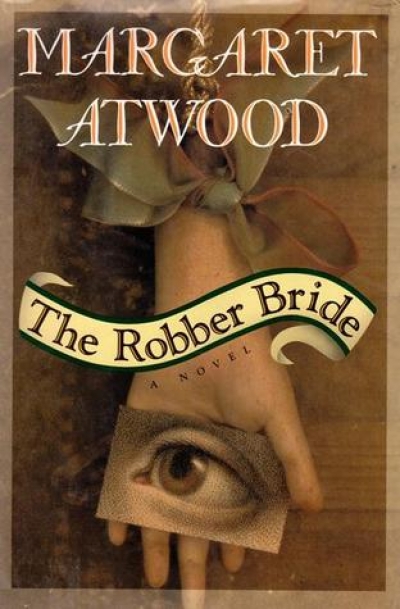During the last dozen years of his life, from the initial diagnosis of leukaemia in September 1991 until his death in September 2003, Edward Said continued to lead an astonishingly active life: travelling, lecturing, writing, conversing with seemingly undiminished energy, even as his physical powers sharply declined. When his New York physician gently suggested it might be wise to slow down, he replied that nothing would kill him more quickly than that; boredom seemed a more lethal adversary than the cells invading his body. What kept Said quite literally alive was an unflagging engagement with what he saw to be the most pressing cultural and political issues of his time. That engagement is fully evident in the works that have appeared since his death, such as Humanism and Democratic Criticism and From Oslo to Iraq and the Road Map, both published in 2004. On Late Style, another posthumous collection, reflects a further and unsurprising preoccupation throughout these final years. The book explores the manner in which artists and writers often acquire a new idiom or mode of expression – what Said terms a ‘late style’ – during the last stages of their creative lives.
...
(read more)

